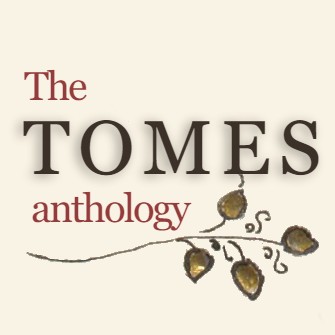Theme: Chivalry
Texts
An Introduction to Chivalry in Medieval Literature
Chivalry in the medieval period was centered around life at court; it was practiced by kings, knights, squires, and other courtiers. It can be defined as “an ideal, a behaviour, a vocation, an ethical code for knights, an institution, a social status or noble habitus, even a shared mentality or worldview" (Mesley p. 146), or as a model of societal ideals, expectations, and aspirations"(Mesley p. 146). Chivalric behavior could also be used to strengthen group identities. A knight distinguished himself from others by being aware of chivalric behavior and by executing it correctly. Not adhering to the rules that came with the position of a knight could bring great shame onto him (Mesley p. 149). In the context of medieval literature, chivalric elements such as fine clothes, shiny weaponry, and the noble steed that would carry the knight were used to lend a poetic quality to a narrative.
To live a successful life at court, a knight had to be aware of the customs of chivalry. A knight was always in search of ways to prove his worth and honor while avoiding committing a shameful faux pas. Society was based on this code of shame and honor, and this code structured many aspects of life—including religion, family, and marriage (Mesley p. 149). A misstep could be made in something as simple as addressing someone incorrectly, or in something as instrumental as not showing loyalty to one’s lord. The shame that would result from these missteps would forever be carried by the one who took them and could lead to exile from the court. A knight was expected live by the four cardinal virtues: prudence, justice, temperance, and fortitude (Rigby p. 34).
The core values of chivalry are prowess, honor, and piety. These values represent a combination of martial, aristocratic and Christian elements (Mesley p. 146). A man who could balance these elements of chivalry would be the ideal knight and possess characteristics like loyalty, courtliness, wisdom, generosity, and the proper approach to love (Kaeuper p. 45).
Prowess, one of the key components of chivalry, was often equated with strength, physical dexterity, and the capability to have great courage (Kaeuper p. 34). The art of combat was considered quintessentially male and violent deeds would leave knights gravely injured (Vinaver p. 23). Honor could be won by doing impressive deeds in battle. Piety was also central to chivalric identity. Moreover, the prowess and honor that a knight needed to be chivalrous had to be God-given (Kaeuper p. 45).
Several of Chaucer’s works detail and ridicule life at court and chivalric ideals. Chaucer presents chivalry in two ways: First, he depicts it as a set of rules that dictate the behavior of knights toward each other during war and tournaments. Secondly, Chaucer depicts chivalry as the code of customs that dictate the way that society’s ruling forces interacted with other institutions and objectives (Middleton p. 121). We find several examples of the representation of chivalry in Chaucer’s famous Canterbury Tales, including The Knight’s Tale and The Squire’s Tale.
The Knight’s Tale features many elements that were associated with chivalry in the medieval period, including the social use of spectacle and the notion that a dispute can turn into a tournament with violence and drama. (Middleton p. 128). Lords, knights, and squires in the narrative show that they are able to master “chivalric pageantry“ (Stewart p. 285).
The Squire’s Tale explores how employing chivalric speech can create an “illusion of power" (Middleton p. 129). The courtiers in the tale know how to use language to read people at banquets and tournaments and to discover falsehoods and treason. Chivalric speech and behavior allow characters to bypass complex interpretation and negotiation, by displaying a theatrical directness while remaining candid and friendly (Middleton p. 129-30).
In the tale of Sir Gawain and the Green Knight, characters often expect Sir Gawain to possess “knightly excellence" (Walker p. 98). The Green knight challenges the court of Camelot to show the chivalric prowess for which it is known (Walker p. 98), and scolds the court for cowering in fear of his strength. Arthur refuses to let his valor be questioned and is ready to take on the challenge when Sir Gawain interferes. Gawain shows himself to be loyal to his lord by offering to fight; he knows that letting his lord fight would be unwise. Gawain shows his knightly excellence and prowess as a fighter by decapitating the Green Knight. This aristocratic brutality is depicted as what Carl Martin has termed nothing more than “chivalric violence as courtly play" (Martin p. 311).
Although the Green Knight may appear, at first, more monstrous than human, the story portrays his character as well versed in the rules of chivalry. While he is blunt in his first interaction with the court, he shows his expertise in chivalric language when he spares Gawain at the end of the tale. He schools Sir Gawain on the rules of his challenge and explains his shortcomings in a delicate way which is closer to praise than criticism. The Green Knight decides that Gawain only deserves a little nick on the neck because Gawain lied only to save his own life—not out of malice. The Green Knight’s mastery of this gentle language and the knight’s forgiving nature make him a chivalrous character (Howard p. 217).
Djayla van der Meer
Bibliography
